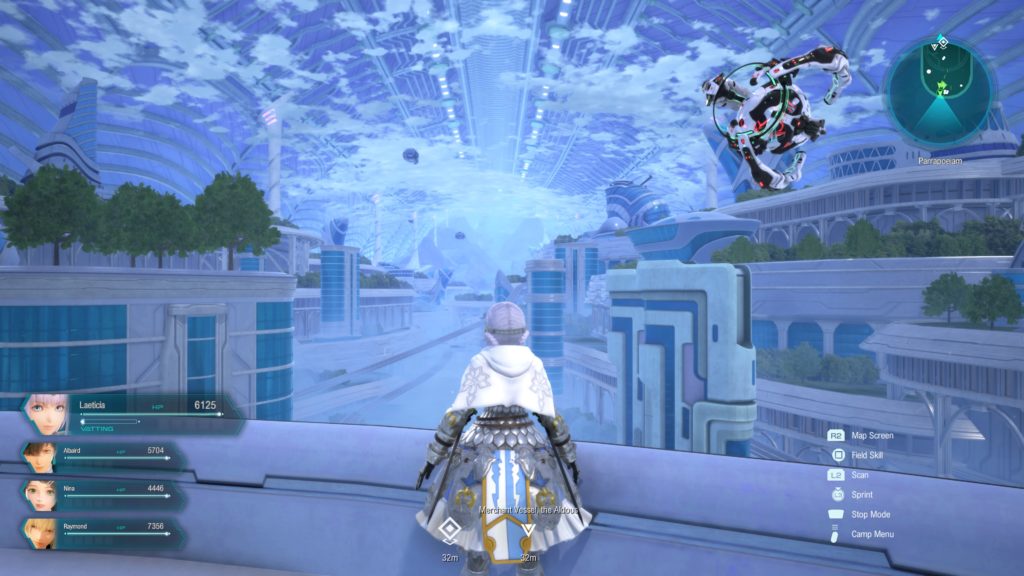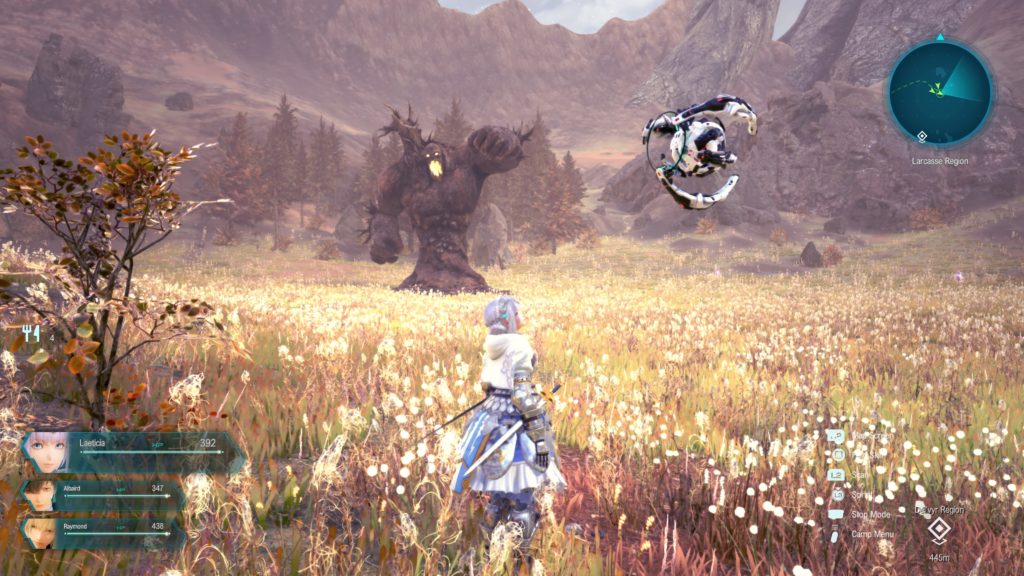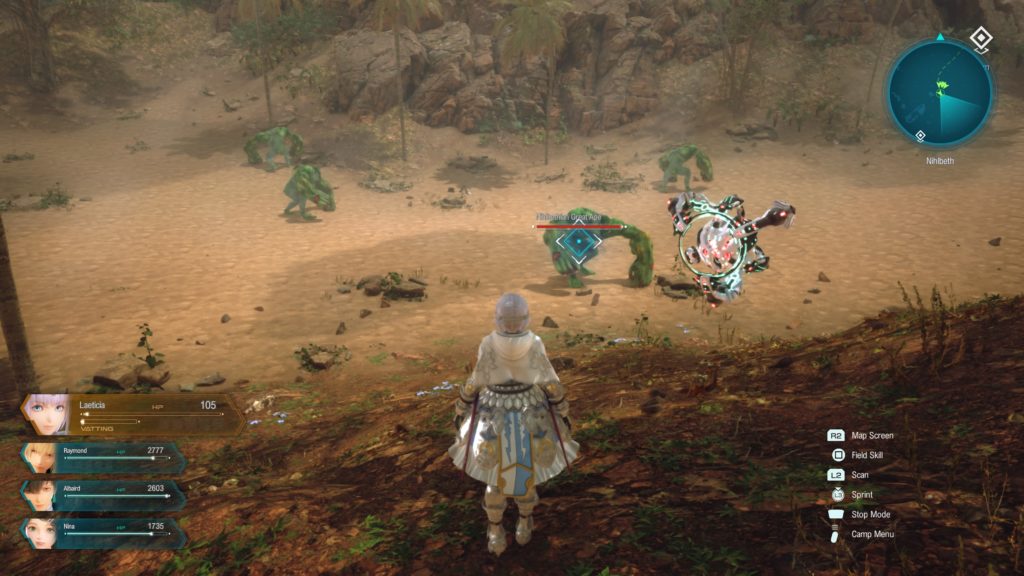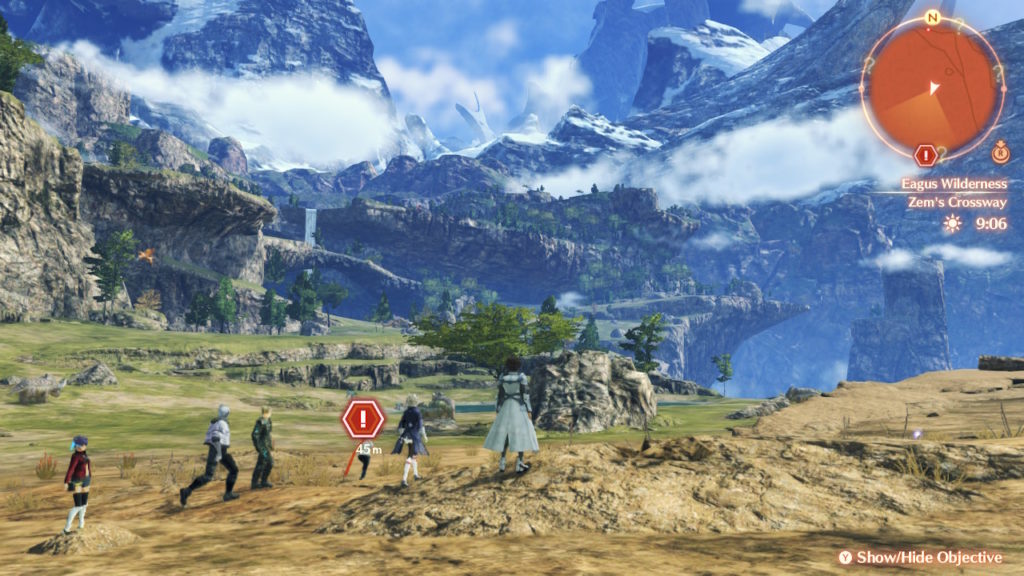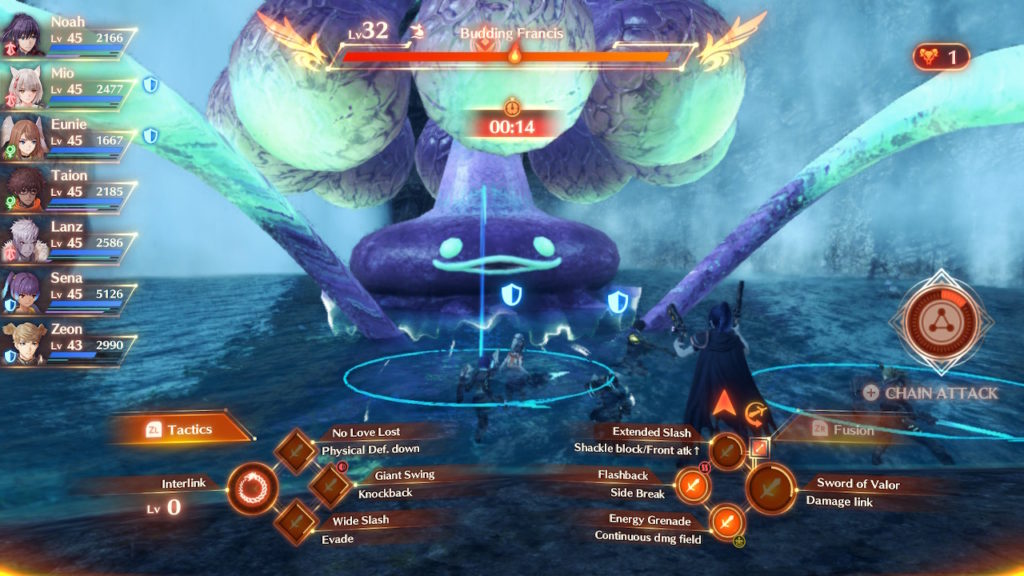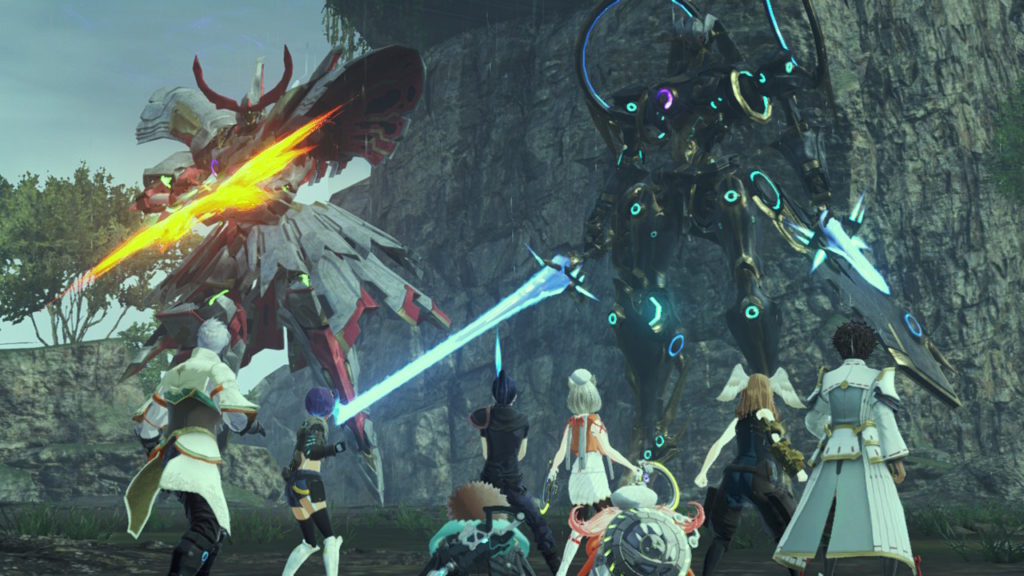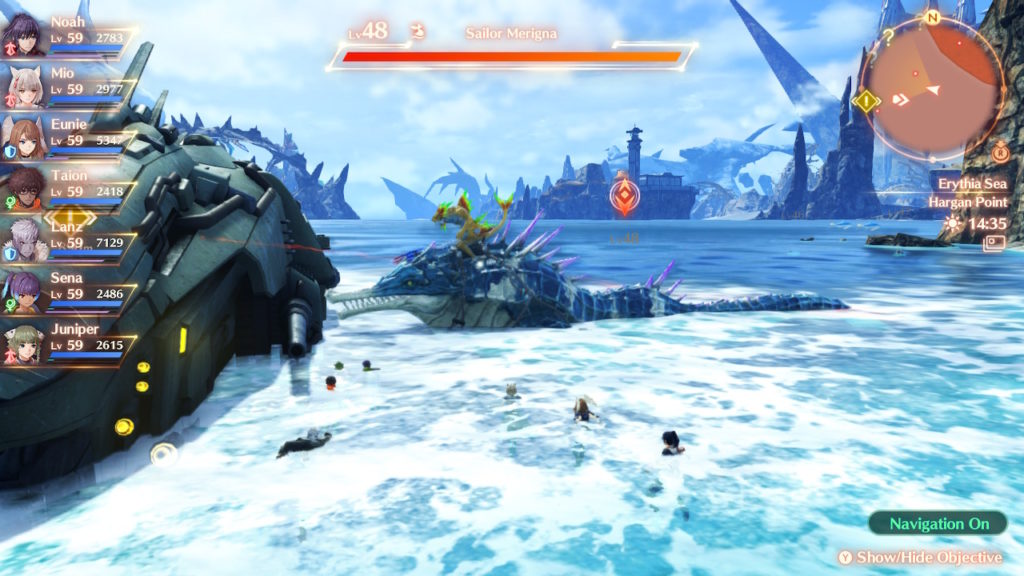- Genre: JRPG
- Platform: Switch
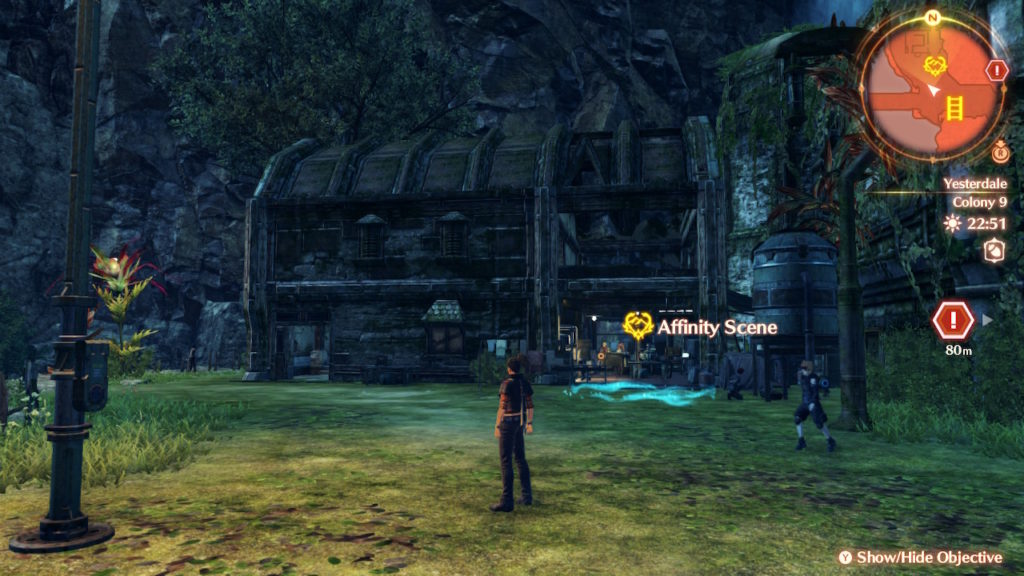
This expansion is by all definitions for the fans. It’s got returning important story characters from past entries in Rex and Shulk. It’s got import returning locations like Colony 9 from the original Xenoblade Chronicles. It’s got the ancestors of some of Chronicles 3’s cast. Basically, it’s there to be a trip specifically for fans of the series, but in that way it feels like the perfect way to cap the series.
This is every bit an extension of the gameplay from XC3, with a few things that feel really tailored towards an expansion experience. The obvious thing is that you power level like crazy to the point that I finished the game around level 60 and maybe had about 20 hours of gameplay. This is all taking place within a single connected world with a single map that you can get through pretty quickly. There’s some environmental things that allow you to basically zipline through the regions, and by the end of the game you’ll have unlocked so many of them that you can get end to end through the entire world in a matter of a couple of minutes without fast travel. I’d actually like to see this explored more in a future Xeno title, as being able to get around between regions quickly without a map feels way more engaging and connected to the world than a typical fast travel system.
Besides that stuff, the big thing added was an affinity system where you earn points for doing normal things (exploring, collecting, etc) to get points to purchase upgrades. There’s been variations on this in the past, but it all feels very directly do thing -> get cool stuff that powers you up. XC3 was already a game that was light on gearing as a power curve, and this feels like it leans further into simplifying away from XC2’s mess of stats as it combines stats, ability purchasing, and ability upgrading into a single source of selection. It obviously benefits the speed of power curve for an expansion experience, but it also feels like it would benefit a larger game as a whole.
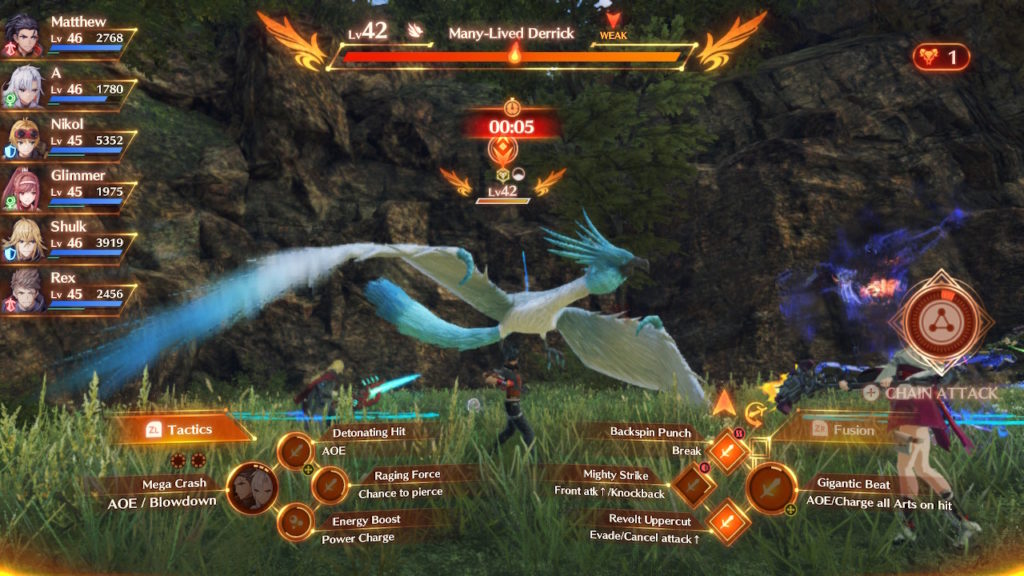
However, there’s also a bit of an ending thing that gets into the potential future of the series, and that’s where I’m going to hide behind spoiler tags.
The core plot of XC3 within the overarching series was that Earth had previously been split in two, becoming the worlds of XC1 and XC2. By the time of XC3, the worlds had drifted back towards each other in an attempt to recombine. The plot of XC3 then ends with the worlds re-separating. The end boss sequence and post credits scene shows this process, but it adds a few additional things that seem to imply the Chronicles series is more tied to the rest of the Xeno games than we’ve been led to believe.
One of the first things that catches your attention is a series of radio broadcasts while the cast is being led through a virtual Earth. The radio broadcasts mention a few things of note. One is humans being sent to Sagittarius, where Xenogears ends up taking place. One is Project Exodus – the process of sending humans away to other planets. This is directly the same name as a project from Xenoblade Chronicles X, as well as a similar project from Xenosaga. During these broadcasts Dmitri Yuriev is also name dropped, and he is directly one of the antagonists in the Xenosaga series.
The final set of things comes during the post credits scene. During this scene, you see the two earths recombining. However, they also are seen coming out of some sort of cloaking. I assume this was hinting at the plot of Xenosaga, where Earth is lost due to cloaking. This is then followed up by a blue object of some sort crashing towards Earth, which again to me seems to imply it’s KOS-MOS from the end of Xenosaga III falling to Earth.
All that is to say that this expansion really is for the fans. It adds more context to the Xenoblade series, but also seems to imply ties to the rest of the overarching Xeno series, even if Nintendo doesn’t own those IPs. It also puts us in a place where they’ve given a number of jumping off points for whatever comes next, whether that’s an XC4 or an entirely new branch of the Xeno games.
If you at all enjoyed Xenoblade Chronicles 3, this expansion probably isn’t going to change that opinion. It’s still the same great core gameplay. As something that is simply more of a good thing, it’s enough to be worthwhile. As something for fans of the series, it’s even better. It clearly is there to both be a thanks to fans, as well as a nod towards what might come next and really puts an end cap on what I assume is the end of this set of Xeno titles.


